5 Ways to Slice the S&P 500
What started as a plain-vanilla fund concept now comes in many flavors.

Not so long ago, S&P 500 index funds came in one flavor: They simply tracked Standard & Poor’s 500-stock index. Now, the fund industry offers almost as many types of S&P 500 index funds as Baskin Robbins does ice cream. You may be best off with the plain-vanilla version, but some other variations might be worth a taste test. Prices and returns are as of September 6.
Vanguard 500 Index (symbol VFIAX), the largest and oldest S&P 500 index fund, tracks the movement of the venerable stock index and weights each holding according to its market value, which is the number of shares outstanding multiplied by the share price. Using that methodology, the fund’s top holdings are Microsoft, Apple and Amazon.com. The 10 largest stocks in the fund account for 23% of the fund’s assets. The Vanguard fund simply weights its holdings the same way the index does. It follows the index’s returns closely, and for many people it’s a fine core holding. Exchange-traded-fund fans can consider the fund’s ETF clone (VOO, $274).
You can weight the S&P 500 index in different ways and get different returns as a result. Consider Invesco S&P 500 Equal Weight ETF (RSP, $108). As its name implies, this exchange-traded fund gives each stock in the index an equal weight, so that Nektar Therapeutics, with a market value of $3 billion, gets the same weight in the fund as $1.1 trillion Microsoft. The ETF is rebalanced every quarter.
From just $107.88 $24.99 for Kiplinger Personal Finance
Become a smarter, better informed investor. Subscribe from just $107.88 $24.99, plus get up to 4 Special Issues

Sign up for Kiplinger’s Free Newsletters
Profit and prosper with the best of expert advice on investing, taxes, retirement, personal finance and more - straight to your e-mail.
Profit and prosper with the best of expert advice - straight to your e-mail.
What’s the advantage? Invesco S&P 500 Equal Weight ETF tends to beat the market-cap-weighted S&P 500 when small-company stocks are on a tear. In 2016, for example, the equal-weight ETF beat the S&P 500 by more than two percentage points. The past decade, however, has largely seen a large-company-stock rally, and the equal-weighted choice has lagged the S&P 500 by 0.16 percentage point annualized.
Investors who foresee a comeback for small- and mid-cap stocks can consider the Reverse Cap Weighted U.S. Large Cap ETF (RVRS, $16). The smallest stocks in the S&P 500 are the largest holdings in this fund, thereby turning the large-cap S&P 500 into a mid-cap index fund. The young fund, which has $9 million in assets, lagged the S&P 500 in 2018 and trails it so far this year. The fund has held up better against mid-cap yardsticks, losing 9.4% in 2018, compared with an 11.1% loss for the S&P MidCap 400, and essentially matching the mid-cap index’s return so far in 2019.
There are plenty of other ways to slice and dice the S&P 500. The ProShares Dividend Aristocrats ETF (NOBL, $71) uses only those S&P 500 companies that have raised their dividends every year for the past 25 years and weights each issue equally. The fund fares best in times when investors are worried about the stock market, because dividends can cushion downturns. The fund has lagged the S&P 500 by nearly two percentage points so far this year.
SPDR S&P 500 Buyback ETF (SPYB, $66) does for buybacks what the previous ETF does for dividends. It looks for companies that have actually reduced the number of shares available over the previous 12 months. All other things being equal, a lower number of shares should give a company’s stock a boost by dividing the corporate earnings pie among a smaller number of shares. The ETF has lagged the S&P 500 over the past year, but it has kept pace with an index tracking S&P 500 companies spending the most on buybacks in relation to their market value.

Profit and prosper with the best of Kiplinger's advice on investing, taxes, retirement, personal finance and much more. Delivered daily. Enter your email in the box and click Sign Me Up.

-
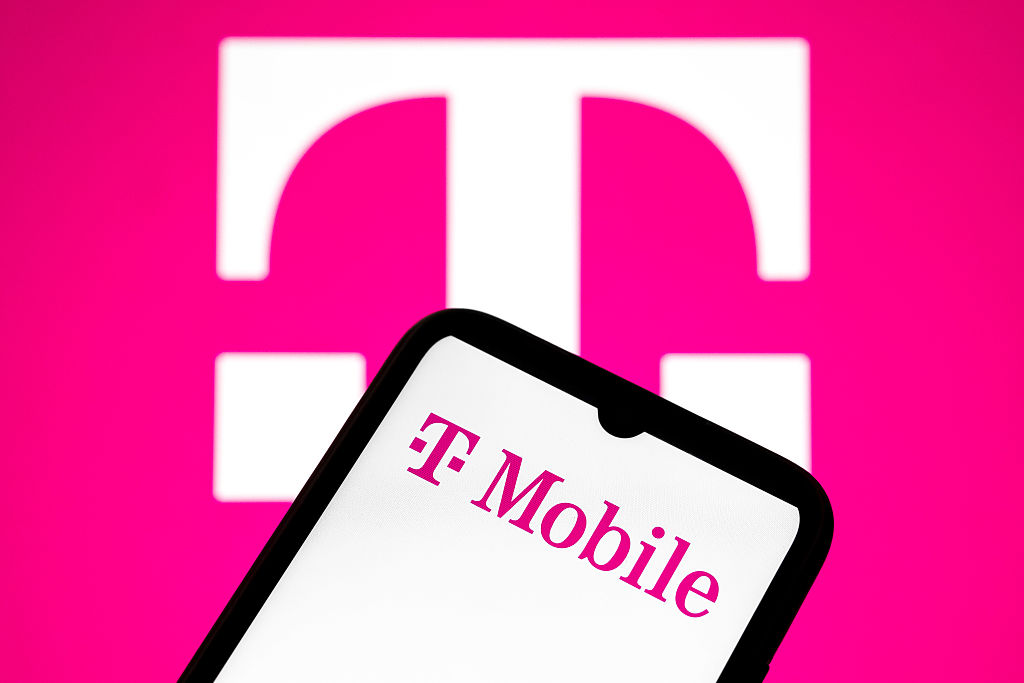 Are T-Mobile's Prepaid Perks a Home Run or a Strikeout?
Are T-Mobile's Prepaid Perks a Home Run or a Strikeout?T-Mobile's prepaid lineup promises MLB.TV, T-Mobile Tuesdays and hotspot data. But do the perks make it worth switching?
-
 Verizon Home Internet Is Offering Free Tech to New Customers
Verizon Home Internet Is Offering Free Tech to New CustomersVerizon’s latest home-internet promotion includes free tech, but the real savings depend on pricing, speed needs and how long you stay.
-
 Retirees in These 7 States Could Pay Less Property Taxes Next Year
Retirees in These 7 States Could Pay Less Property Taxes Next YearState Taxes Retirement property tax bills could be up to 65% cheaper for some older adults in 2026. Do you qualify?
-
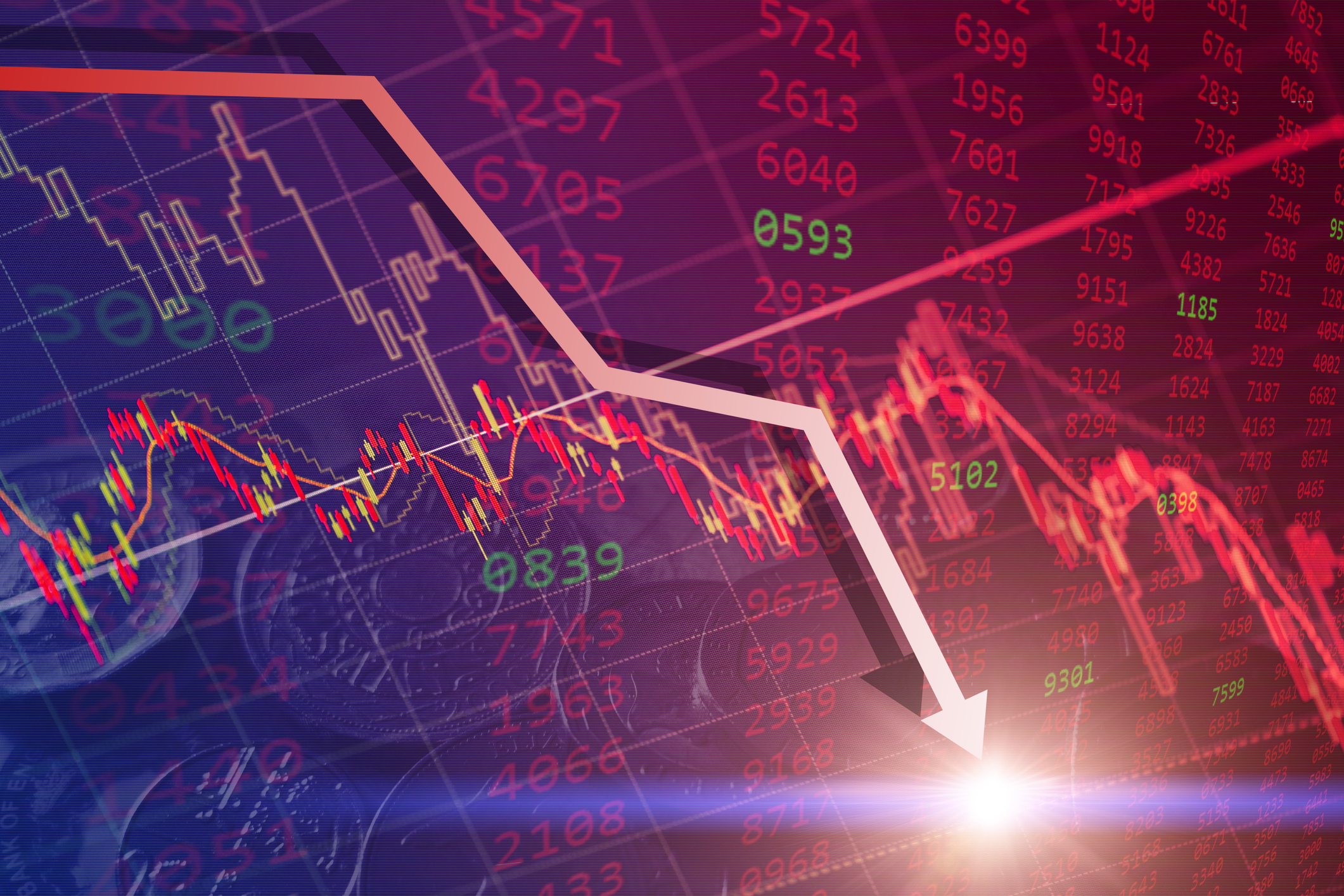 Nasdaq Sinks 418 Points as Tech Chills: Stock Market Today
Nasdaq Sinks 418 Points as Tech Chills: Stock Market TodayInvestors, traders and speculators are growing cooler to the AI revolution as winter approaches.
-
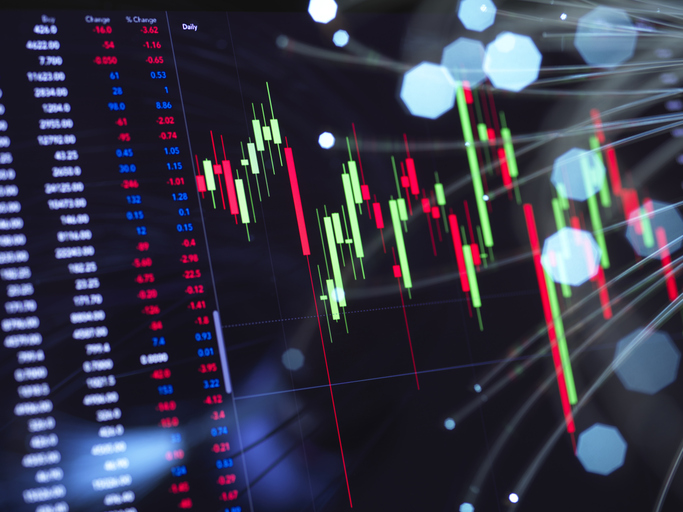 Stocks Chop as the Unemployment Rate Jumps: Stock Market Today
Stocks Chop as the Unemployment Rate Jumps: Stock Market TodayNovember job growth was stronger than expected, but sharp losses in October and a rising unemployment rate are worrying market participants.
-
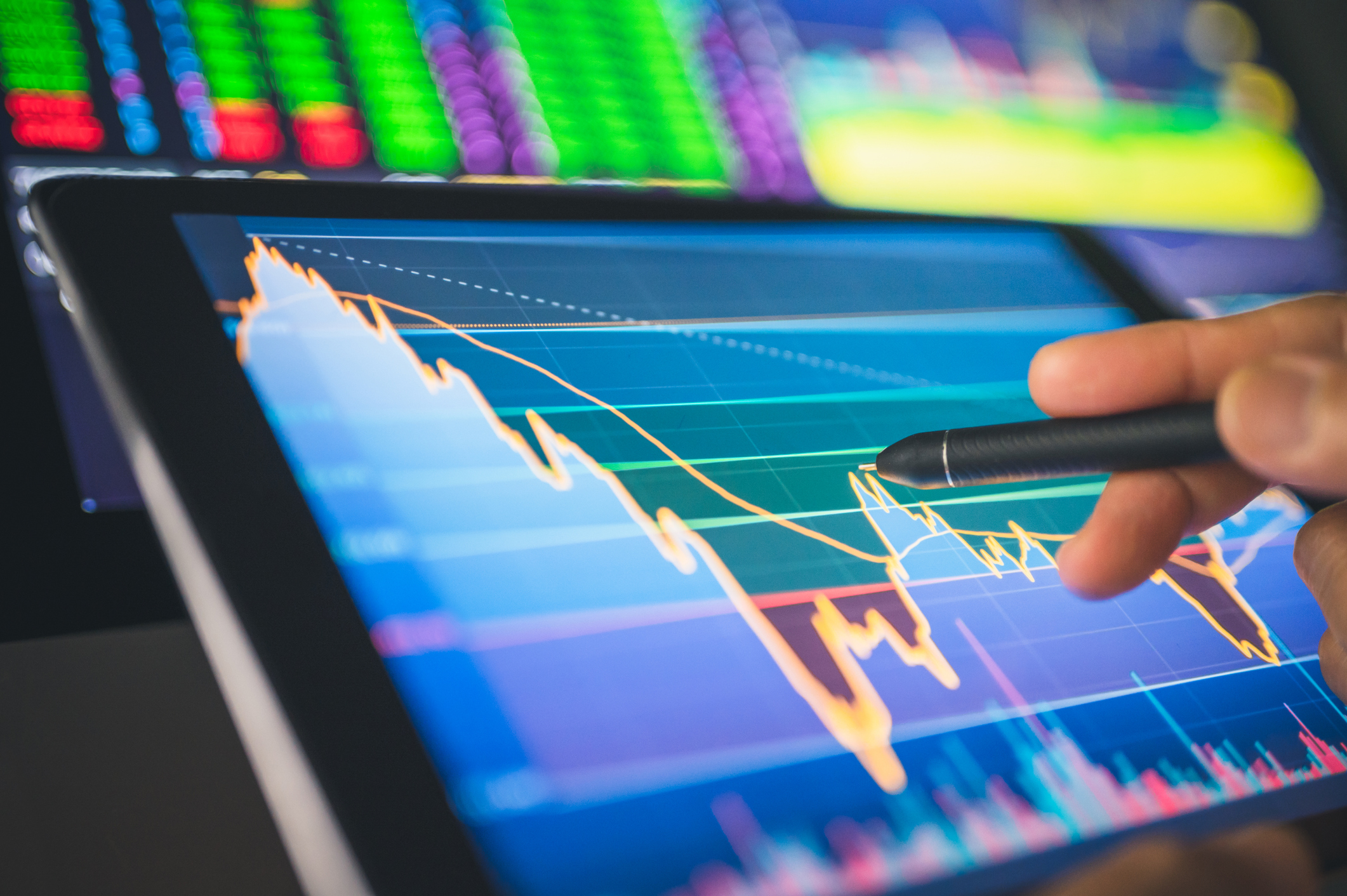 Stocks Struggle Ahead of November Jobs Report: Stock Market Today
Stocks Struggle Ahead of November Jobs Report: Stock Market TodayOracle and Broadcom continued to fall, while market participants looked ahead to Tuesday's jobs report.
-
 AI Stocks Lead Nasdaq's 398-Point Nosedive: Stock Market Today
AI Stocks Lead Nasdaq's 398-Point Nosedive: Stock Market TodayThe major stock market indexes do not yet reflect the bullish tendencies of sector rotation and broadening participation.
-
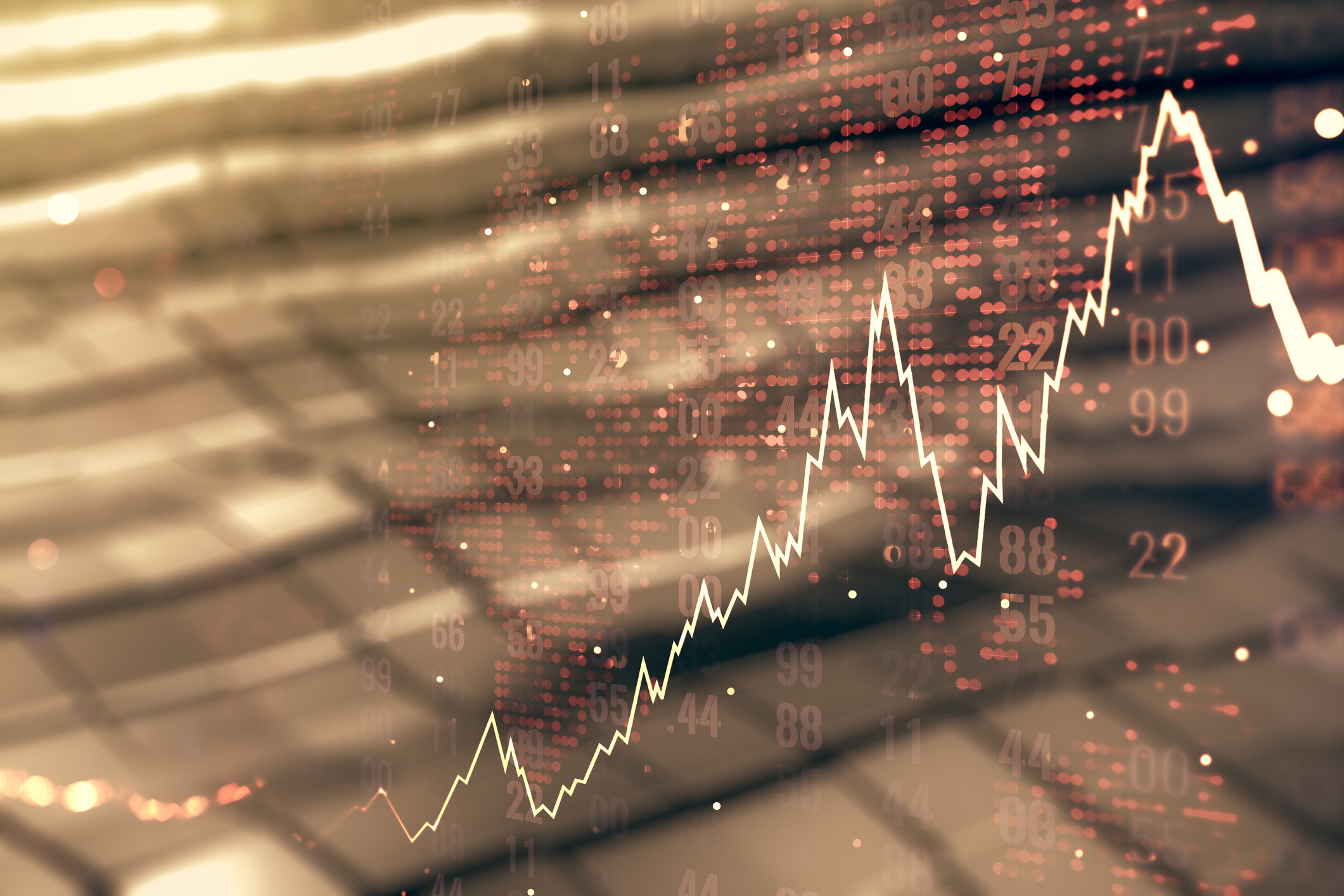 Dow Adds 646 Points, Hits New Highs: Stock Market Today
Dow Adds 646 Points, Hits New Highs: Stock Market TodayIt was "boom" for the Dow but "bust" for the Nasdaq following a December Fed meeting that was less hawkish than expected.
-
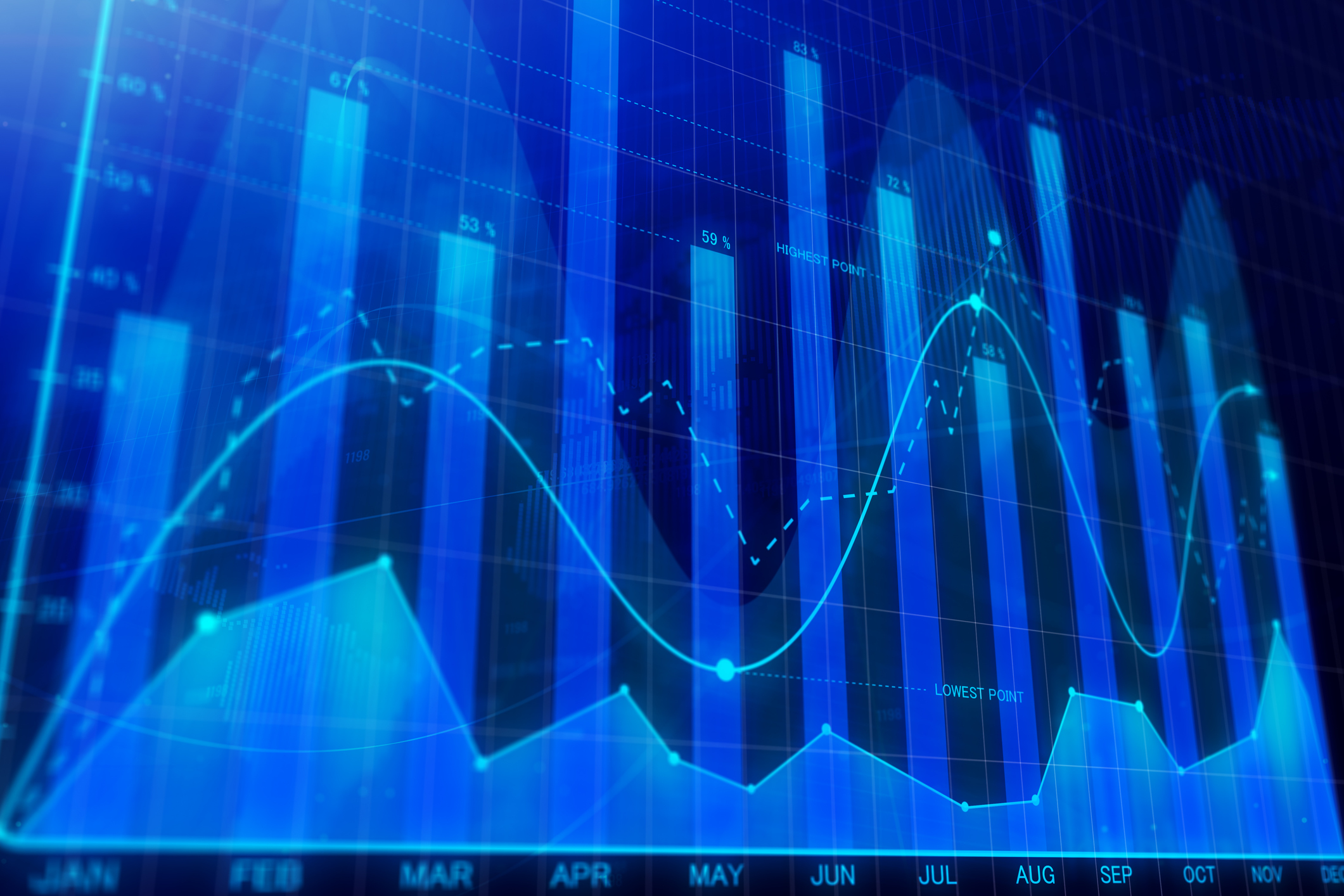 Dow Rises 497 Points on December Rate Cut: Stock Market Today
Dow Rises 497 Points on December Rate Cut: Stock Market TodayThe basic questions for market participants and policymakers remain the same after a widely expected Fed rate cut.
-
 JPMorgan's Drop Drags on the Dow: Stock Market Today
JPMorgan's Drop Drags on the Dow: Stock Market TodaySmall-cap stocks outperformed Tuesday on expectations that the Fed will cut interest rates on Wednesday.
-
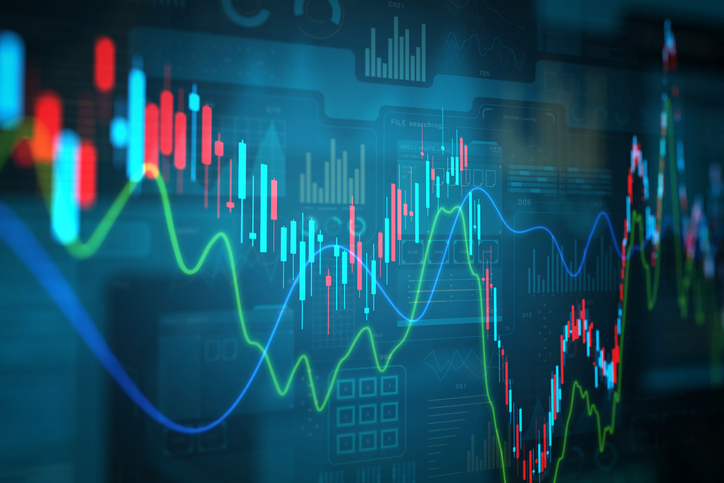 Stocks Slip to Start Fed Week: Stock Market Today
Stocks Slip to Start Fed Week: Stock Market TodayWhile a rate cut is widely expected this week, uncertainty is building around the Fed's future plans for monetary policy.